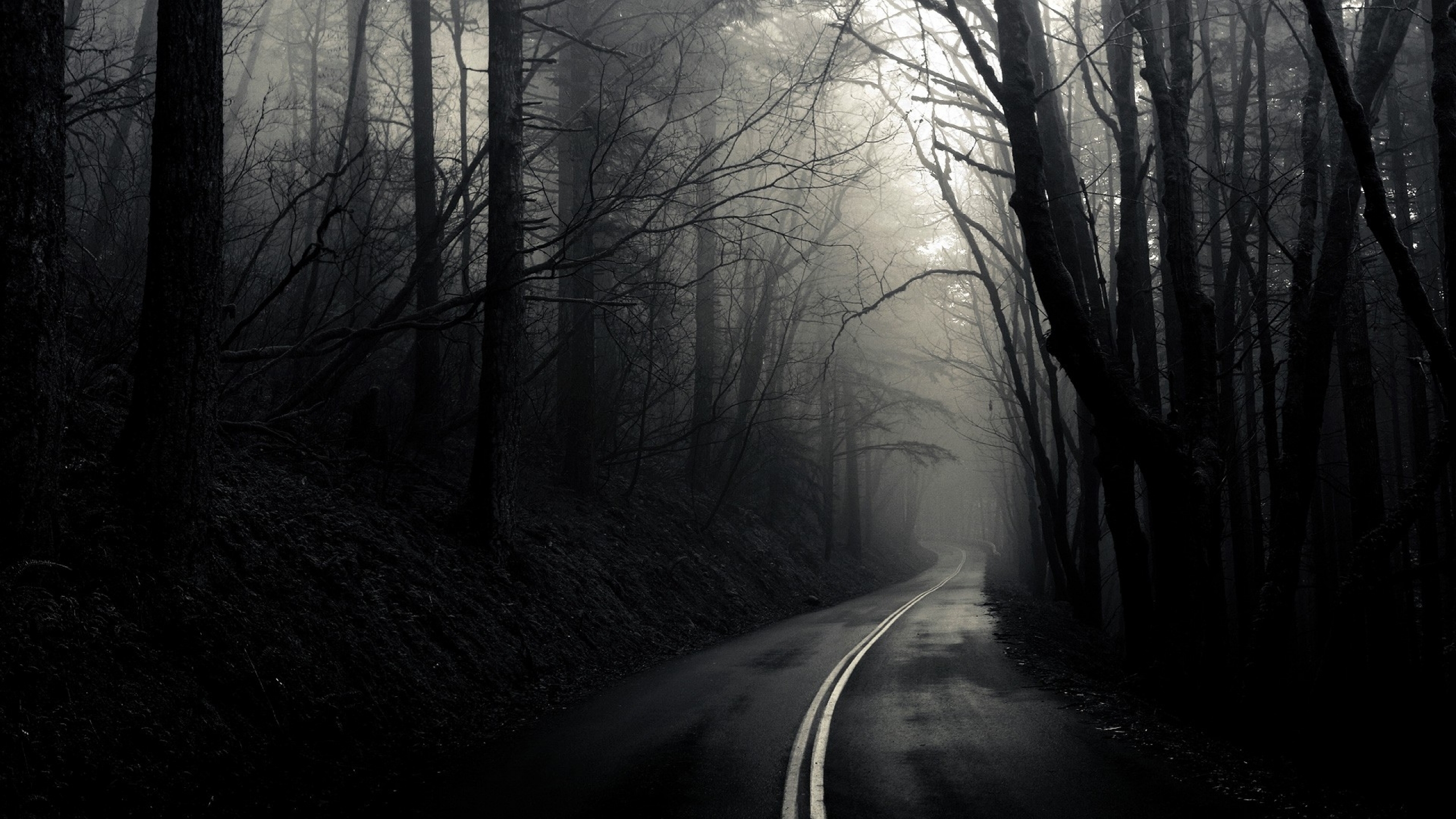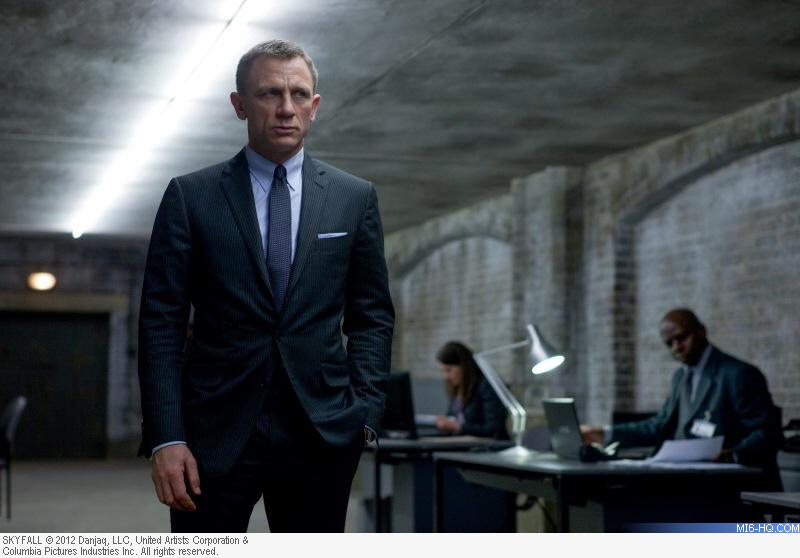What is meant by setting and iconography?
Iconography is the objects that cause significance to the
scene, and setting is where the scene is based, for example a farm or a bank
building. It is important to use these in films as it gives the audience an idea
that the object plays a part or is going to play a part in the film. Also it
gives the audience an insight into the type of iconographic conventions. It can
help with audience understanding as they will be able to understand and know to
what effect the iconographies have on the scene and/or film.
What are typical thriller settings and why?
A typical thriller setting from what I have watched and seen
is commonly in a city, big or small depending on whether it is a sub-genre or
not. A common thriller setting is something of a gloomy setting such as a worn
out house or a lifeless forest.
Any normal forest would be plain, this isn’t
Open Season where there are jumpy animals bouncing around and making jokes, a
thriller will consist of dark vibes and a mystery-esque environment.

Types of setting
Horror – Within a horror the setting
could be a house or an empty village and farm to represent the fact that the
victim may have no hope or nowhere to run, emptiness.
Action – Within an action-thriller
the setting could be in an open and desolate spaces to close scenes, such as
Paranormal Activity, it is set in a house in the suburbs of a big city.
Mystery – Within a mystery thriller
the setting could be a dark and desolate and/or isolated environment.
Crime – Within a crime-thriller the
setting could be a police station or an empty run down warehouse to represent
the victim’s sufferings as they need help to survive or looking for hope.
Spy – Within a spy thriller the
setting could be a secret base or spy HQ to show that the protagonist is
protected and has a place to hideout and recover. An example of this is
Skyfall, as James Bond always has a place to run to when in danger.

Conclusion
For my opening I may use empty rooms and lifeless halls to
interpret to the audience that my protagonist is empty and in need of help but
sly has no hope whatsoever from the darkness lurking about. This is an
effective way to produce different meaning to the scene and opening as it could
create a psychological response from the audience. Also, using different iconographies
to make an intent that they will have a significance later on in the scene will
aid audience to understand what and what has an impact and what doesn’t.
There is a basic understanding of setting and how it varies between sub-genres, however, there is minimal understanding of iconography. Minimal use of examples throughout.
ReplyDelete- In your introduction, explain why it is important to use appropriate settings and the impact both setting and iconography has on the audience.
- Remove the comment about Open Season as it isn't relevant, and provide more examples of typical thriller settings and their impact on the audience.
- Paranormal Activity is not an action thriller.
- For each setting sub-genre, provide a specific thriller film example and its effect on the audience.
- You need to include iconography in this post as well.
- You also need to include an opening scene analysis focused on iconography and setting.
- In your conclusion, be more specific about the iconography you will use.